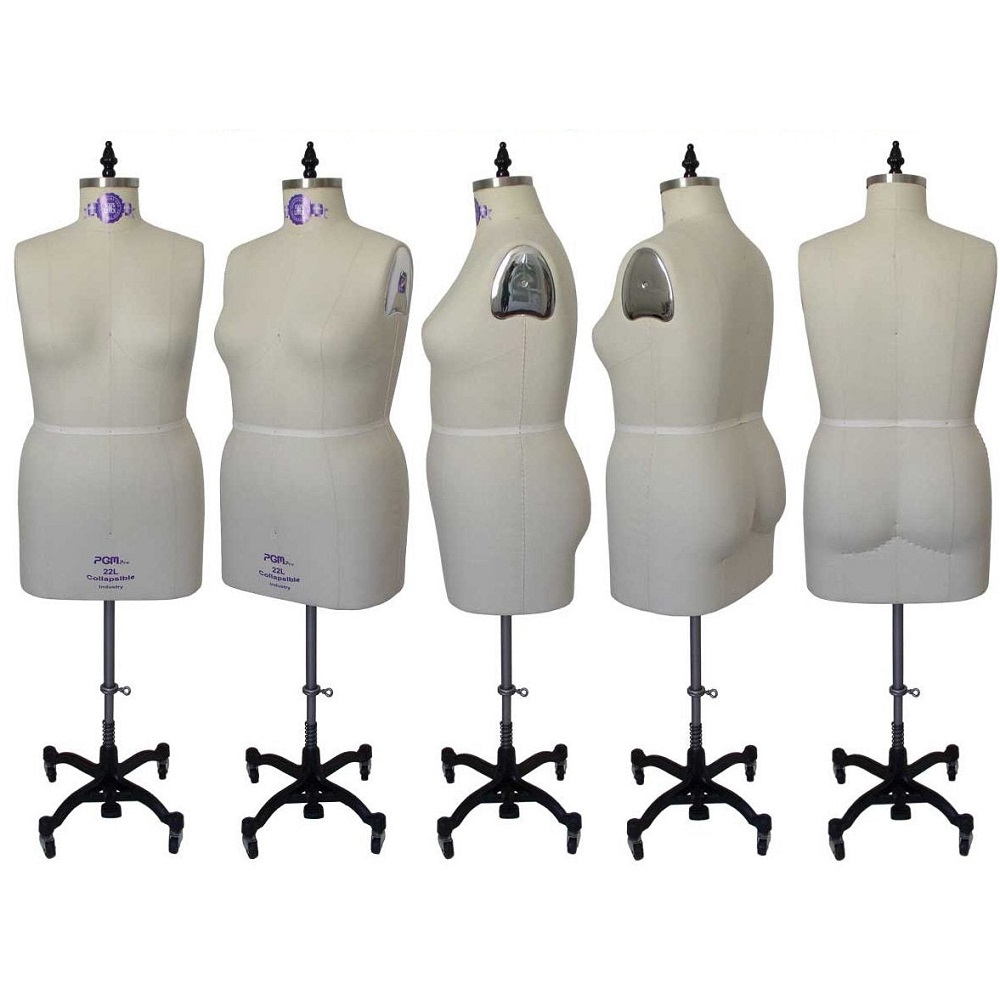A dress form, often associated with sewing and fashion design, serves numerous purposes in the world of fashion. While many people think of dress forms solely as tools for tailoring and garment construction, their versatility extends far beyond that. From inspiration to styling, a dress form can be a valuable asset for fashion enthusiasts. In this article, we will explore creative uses for dress forms that go beyond traditional sewing.
Contents
Fashion Display and Styling
Showcase Your Wardrobe
One of the most popular uses for a dress form is to display clothing. Fashion enthusiasts can turn their dress forms into eye-catching displays of their favorite outfits. This approach can help highlight unique or stylish pieces, making it easier to curate looks for various occasions.
Using a dress form for display allows you to experiment with arrangements creatively. Consider dressing the form in a complete outfit, including accessories, shoes, and even jewelry. This practice not only helps you refine your personal style but also serves as inspiration for future ensembles.
Creating Trend Boards
In addition to clothing arrangements, dress forms can serve as part of fashion trend boards. A designated workspace can become a creative area where fashion ideas come to life. Fashion enthusiasts can pin fabric swatches, sketches, or magazine cuttings nearby while using the dress form as a focal point.
This visual approach fosters creativity and helps streamline the design process. Having a three-dimensional representation assists in understanding how fabrics drape and fit. By using this method, you can develop a clearer vision of your style narrative, helping you stay aligned with current trends.
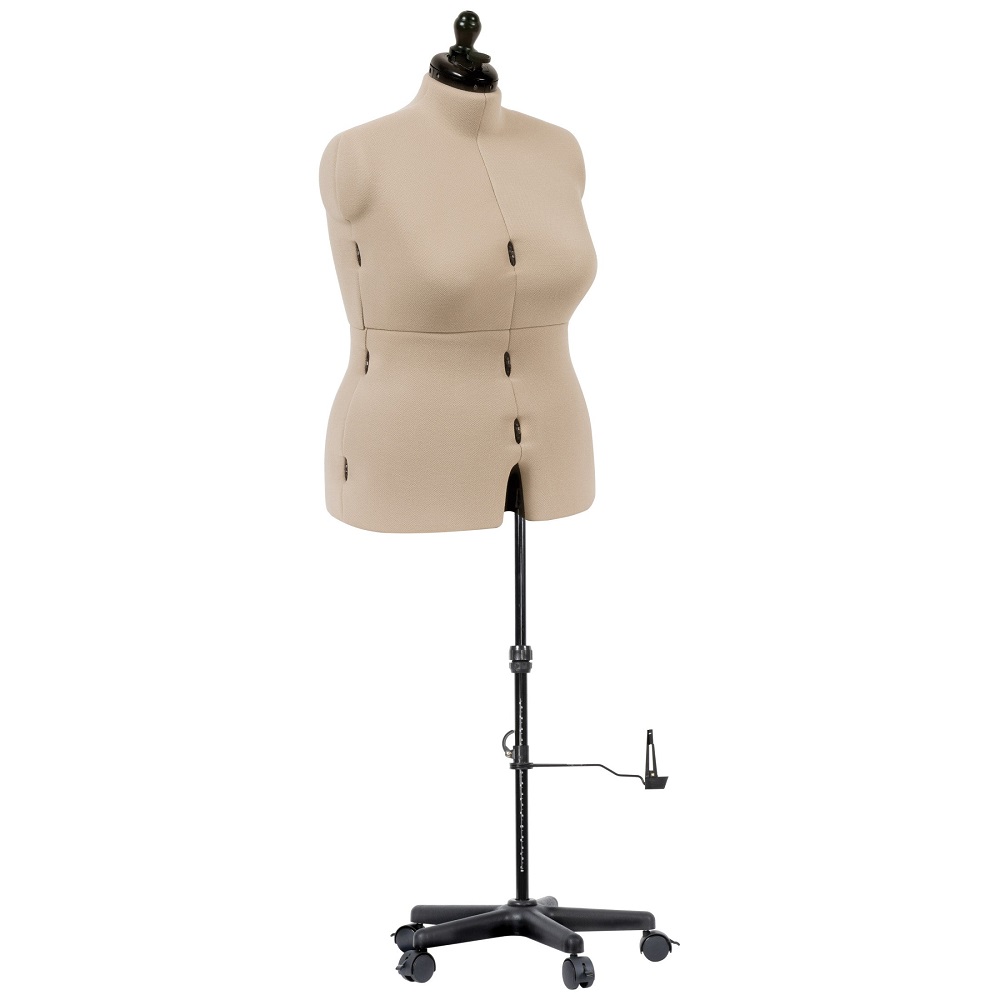
Draping and Design Exploration
Experimenting with Patterns
Draping is a technique widely used in fashion design to manipulate fabric on a dress form. This process allows for real-time experimentation with silhouettes, shapes, and textures. Fashion enthusiasts can practice draping techniques to explore their creativity and understand how clothing is constructed.
Use muslin or other inexpensive fabric when practicing draping. This approach allows you to experiment with different designs without the fear of wasting valuable materials. Once a design is established, you can create patterns based on the draped fabric. This practical exercise promotes a deeper understanding of garment construction and enhances your skills as a designer.
Developing Unique Styles
Through draping, fashion enthusiasts can develop unique styles that reflect their personal aesthetics. This technique encourages exploration of diverse silhouettes and shapes, providing the opportunity to create something truly original. A dress form becomes a tool for innovation, allowing you to manipulate fabric according to your vision.
Experimenting with different fabrics and textures can help bring your ideas to life. By draping multiple layers or utilizing contrasting materials, you can create visually stunning pieces. This practice nurtures your creativity and sets the foundation for developing a signature design style.
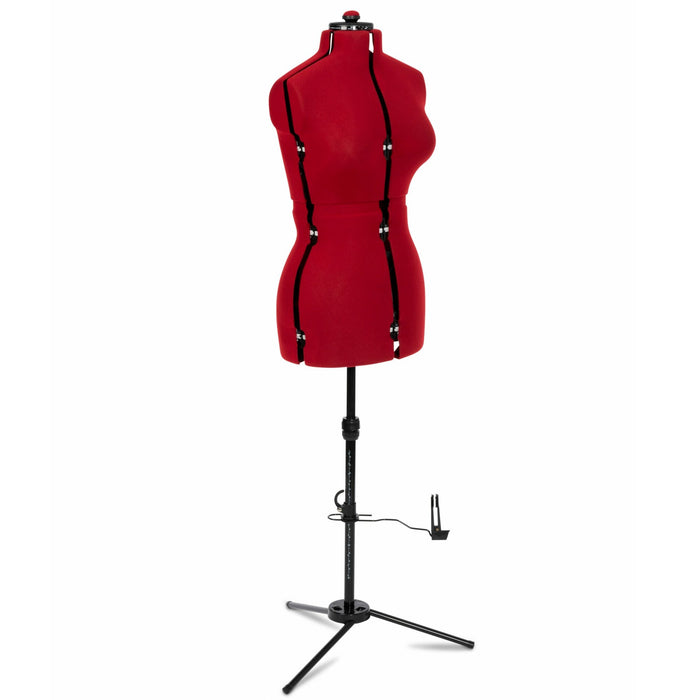
Costume and Theatrical Design
Designing For Performances
Dress forms play a significant role in costume design for theater, dance, and film. Fashion enthusiasts passionate about performance art can use dress forms to create custom costumes that enhance characters and storytelling. This application allows for the exploration of historical, fantastical, or conceptual designs, depending on the performance’s theme.
Costume designers can manipulate fabric and materials to suit the needs of the production. Additionally, the three-dimensional aspect of a dress form helps in visualizing how the costume will look on stage. Moreover, attention to detail is crucial in costume design, and dress forms allow for adjustments to ensure a perfect fit and dramatic appeal.
Creating Historical Pieces
For those fascinated by historical fashion, dress forms can also facilitate the reproduction of period clothing. This allows fashion enthusiasts to delve into the intricacies of styles from different eras. Understanding the construction and details of historical garments can be an enriching experience, helping you appreciate fashion’s evolution.
Using a dress form, you can create historically accurate patterns and garments. This approach provides hands-on learning about the materials, techniques, and silhouettes of various time periods. Engaging with historical fashion can enhance your knowledge and skills while nurturing your fascination with the world of style.
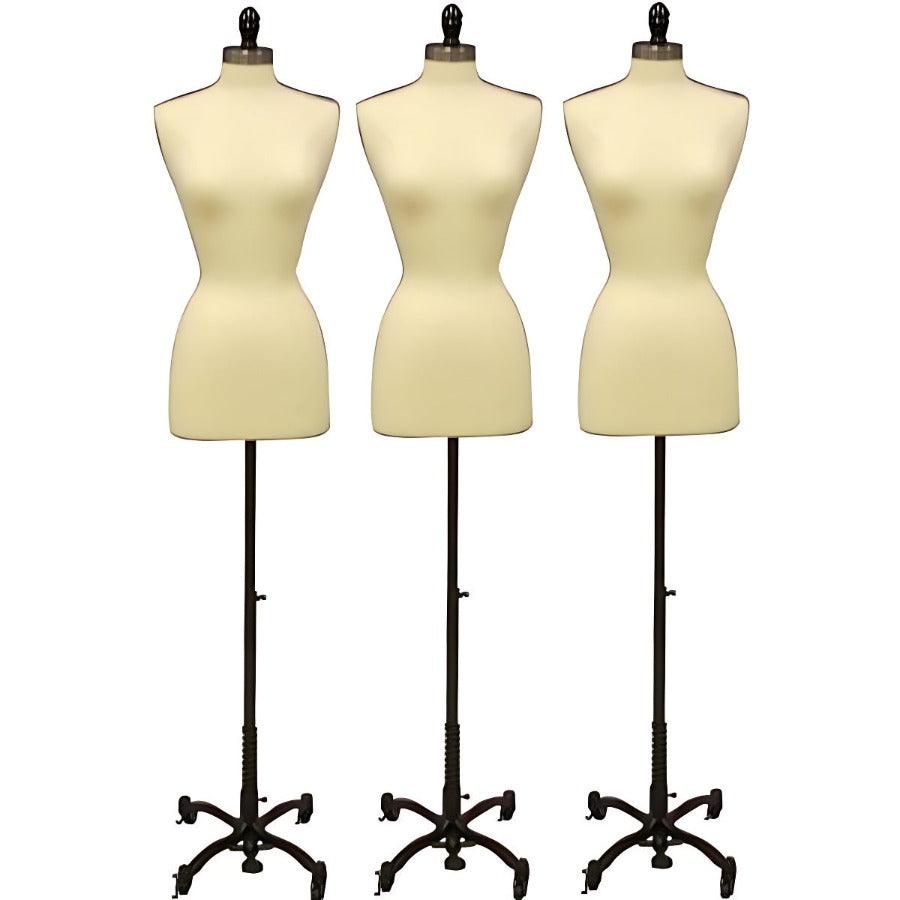
Home Decor and Artistic Expression
Artistic Display
Dress forms can double as decorative elements in your home decor. By dressing a form in beautiful fabrics or creative pieces, you can turn it into a striking art piece. This approach adds an artistic touch to living spaces while showcasing your fashion flair.
Choose garments that reflect your style—whether they are vintage finds, handcrafted pieces, or bold colors. Additionally, you can change the outfit seasonally or based on your mood. This dynamic approach keeps your decor fresh and engaging, turning a dress form into a focal point in any room.
Crafting Unique Centerpieces
In addition to serving as decor, a dress form can become a unique centerpiece for events like parties or gatherings. Style the dress form with festive attire or themed outfits to fit the occasion. This method can encourage conversation and inspire guests, creating an unforgettable atmosphere.
For example, at a vintage-themed party, dress the form in a retro outfit complete with accessories from that era. Alternatively, you can style the form with a flowing gown for a formal event. This creative display adds character and charm to your gatherings, making them even more memorable.
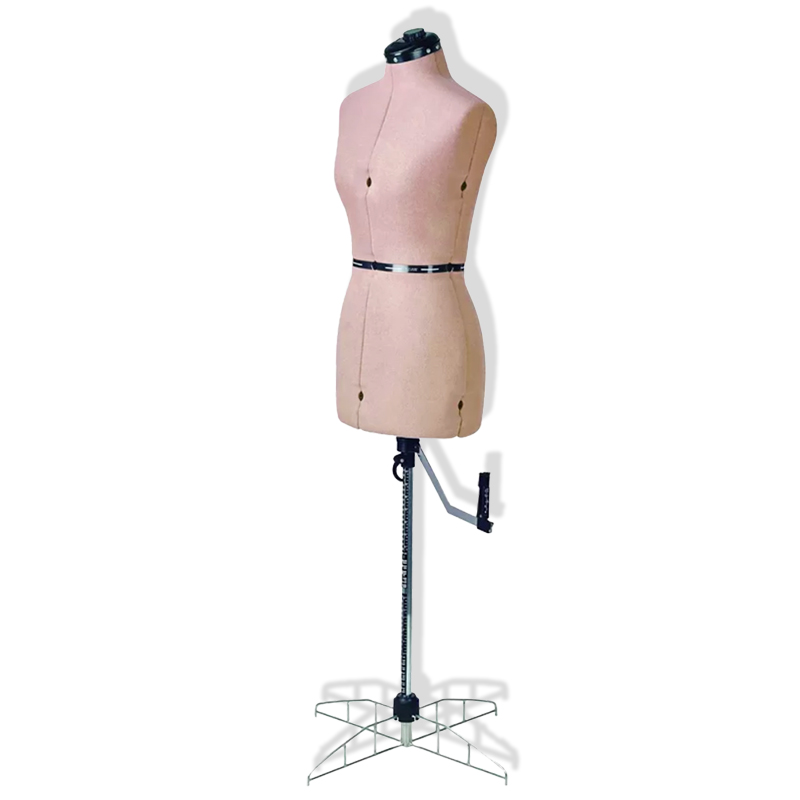
Teaching and Educational Purposes
Teaching Fashion Design
Dress forms are invaluable tools for teaching fashion design. Educators and fashion enthusiasts can use dress forms to demonstrate draping techniques, pattern making, and garment construction in educational settings. This practical approach helps students understand the intricacies of fashion while honing practical skills.
Using a dress form allows students to visualize design concepts effectively. It provides a tangible medium through which they can experiment and learn hands-on. Collaborative projects involving dress forms can also encourage teamwork and creativity among students.
Workshop Facilitation
Fashion enthusiasts can leverage dress forms during workshops and community classes. Whether you’re leading a beginner sewing class or hosting a draping workshop, dress forms can serve as essential teaching aids. Participants can interact with the form, practicing techniques while receiving real-time feedback.
Workshops that revolve around hands-on techniques can help foster a sense of community. Participants can share their experiences and learn from one another while using the dress forms as common references. This collaborative environment nurtures creativity and increases skill sets for all involved.
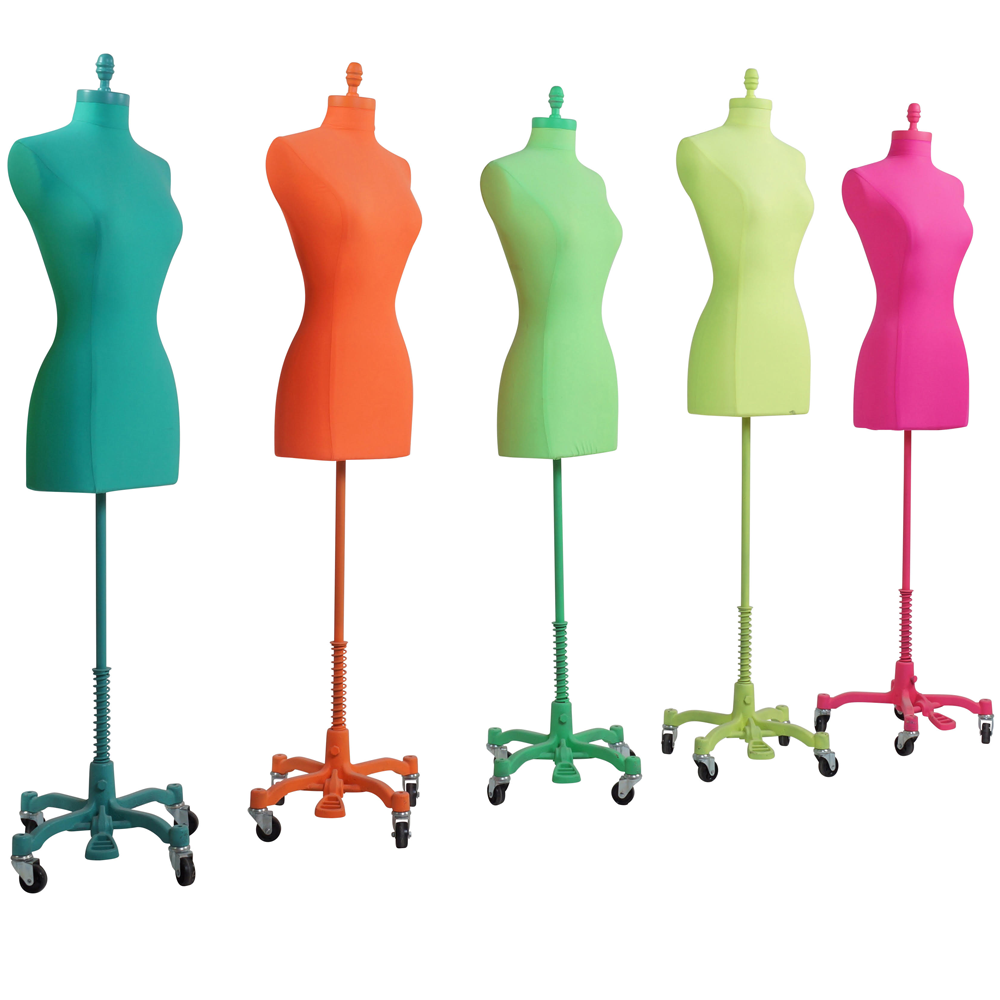
Market Testing and Prototyping
Creating Fashion Prototypes
For fashion designers looking to test their concepts, dress forms offer an invaluable tool. Using a dress form, designers can create prototypes of their designs before full production. This process allows for design adjustments and modifications to ensure the final product meets the desired vision.
Prototyping involves creating initial versions of garments to analyze fit, style, and fabric performance. With a dress form, designers can assess how a garment looks on a three-dimensional figure. This allows for careful examination of seams, hems, and overall aesthetics before committing to full-scale production.
Market Testing New Styles
Fashion enthusiasts can also use dress forms for market testing new styles. Whether you’re designing for your brand or a personal project, placing garments on dress forms helps visualize how the pieces will appear to potential customers. Organizing small showings or pop-up events can provide valuable feedback about the designs.
By observing how others react to the garments displayed on the dress form, designers can gauge interest and make informed decisions about production. This process helps ensure that the final collection meets customer expectations and desires, leading to a more successful launch.
Environmental Impact and Upcycling
Promoting Sustainable Fashion
In today’s world, sustainability in fashion is more relevant than ever. Dress forms can assist in promoting sustainable design practices. Fashion enthusiasts can use them to create garments from upcycled materials or leftover fabrics, minimizing waste while embracing creativity.
Using a dress form to experiment with upcycling expands the possibilities of garment creation. By integrating new techniques and innovative ideas, fashion enthusiasts can redefine how garments are made. This process encourages responsible consumption while nurturing a passion for sustainable fashion.
Launching Eco-Friendly Initiatives
Fashion enthusiasts can leverage dress forms to support eco-friendly initiatives. Specifically, organizing workshops focused on sustainable practices encourages community involvement. Furthermore, participants can learn how to create stylish garments from secondhand or repurposed materials using dress forms as essential tools.
This communal effort can create awareness about sustainable methods and inspire positive change within the fashion industry. By focusing on upcycling and eco-friendly practices, you can, in turn, contribute to a more responsible approach to fashion, one made possible by the versatile dress form.
Conclusion: The Multifaceted Dress Form
The uses of a dress form extend far beyond its traditional purpose in sewing and garment construction. Indeed, fashion enthusiasts can explore the realms of creativity, costuming, education, and sustainability by embracing the capabilities of dress forms. Moreover, from displaying outfits to developing innovative designs, the versatility of the dress form offers countless opportunities for self-expression.
Whether you’re a fashion designer, a costume creator, or simply someone who appreciates style, the dress form can serve as a valuable tool in your artistic endeavors. By utilizing this unique asset in various creative ways, you can enhance your skills, contribute to sustainable practices, and express your individuality in the world of fashion. Embrace the potential of the dress form, and let your creativity flourish!
